- Home
- Science
- Environment
- These are the world's 10 worst invasive species
These are the world's 10 worst invasive species
Lionfish, originally from the Indo-Pacific, probably got into the Atlantic Ocean from someone's aquarium. They eat over 40 other fish species, as well as each other if they've eliminated other options.

The Burmese python, which can grow up to 22 feet, is eating up the Everglades after people disposed of their unwanted pet snakes there.
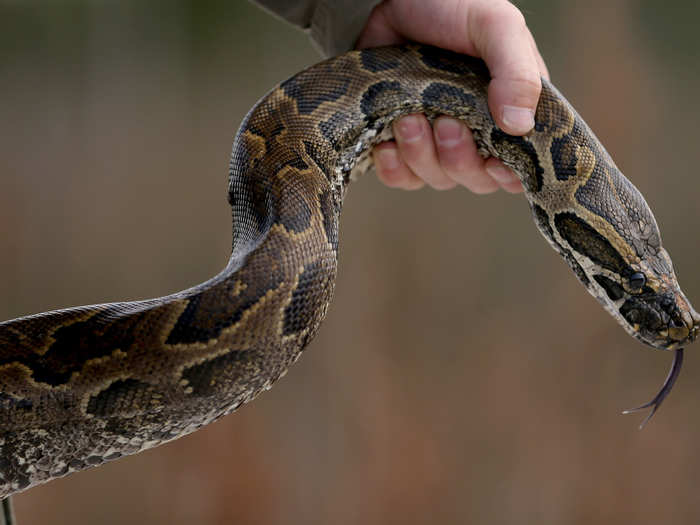
Sources: The New York Times, Smithsonian
European starlings started with a flock of 100 in Central Park in 1890. Now, they're all over North America, stealing other birds' nests along the way.
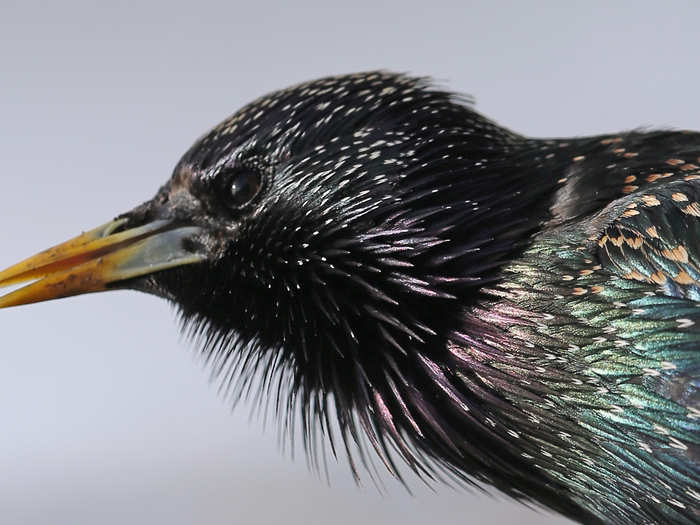
Source: US Forest Service
The larvae of the emerald ash borer kill trees by eating right through their bark, and have destroyed entire forests across the northern US.
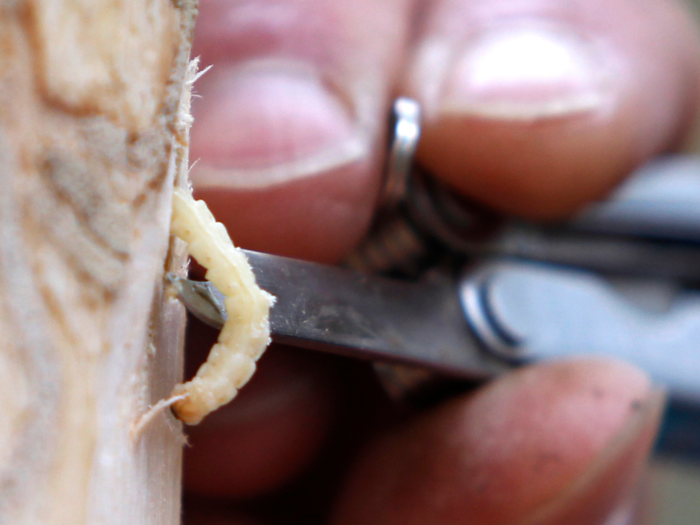
Zebra mussels stowed away on ships headed for the Great Lakes. They overwhelm native arthropods by snapping up all the good real estate, and they can slice your feet if you step on them.
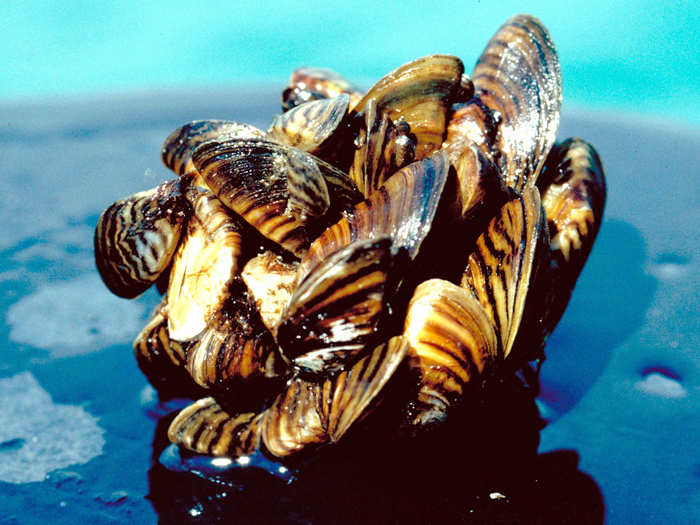
Cane toads are invading Australia's delicate island ecosystem, where they were first introduced to eat invasive cane beetles. Looking back, it wasn't a great idea.
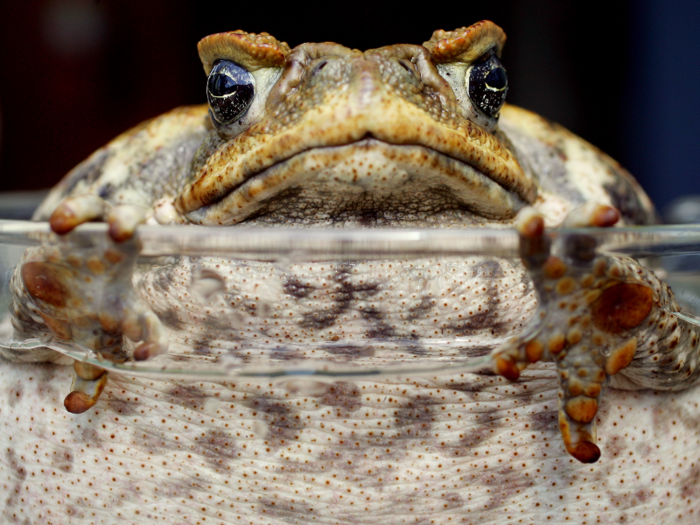
Source: Live Science
People introduced Asian carp to the southern US in the 1970s, and now the habitat-destroying fish is getting dangerously close to the Great Lakes.
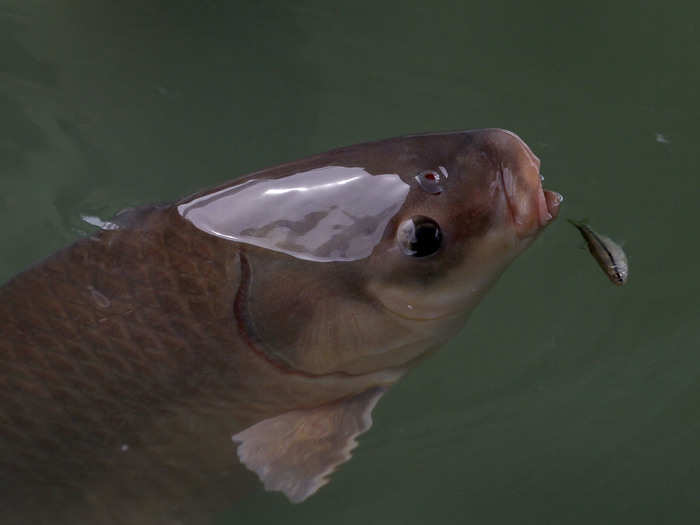
Source: National Wildlife Federation
The kudzu vine, which can grow a foot each day and already covers the southern US, is making its way north — possibly helped by a warming climate.
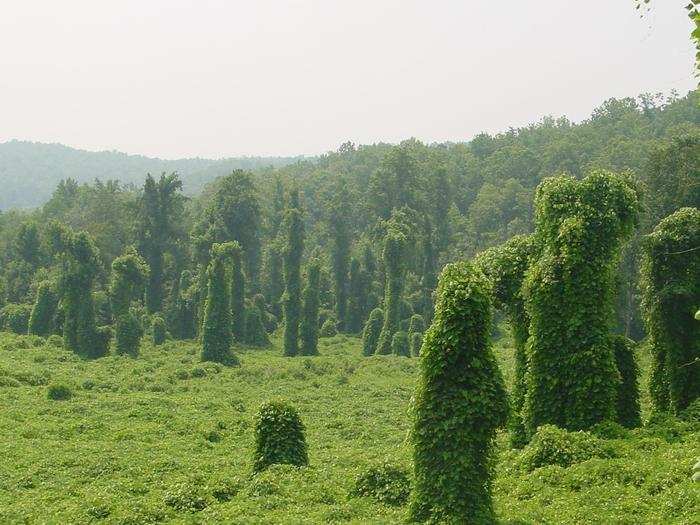
Source: KQED
The giant Nile perch hasn't established a US presence yet, but the species is doing major damage to smaller fish populations in areas of Africa where they're non-native.
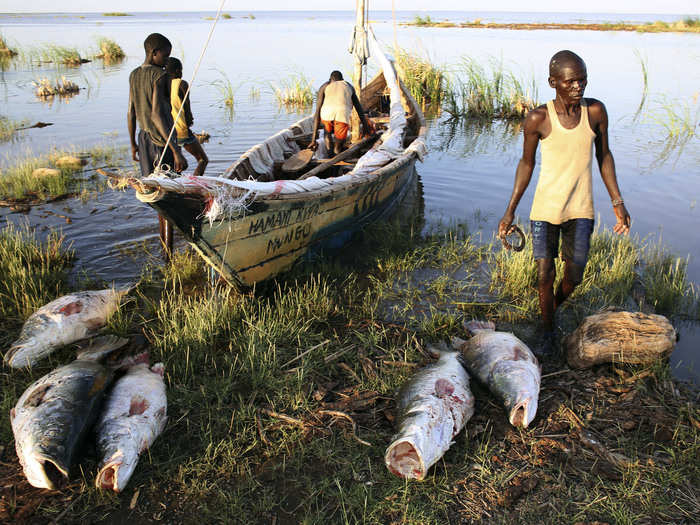
Source: US Fish and Wildlife Service
Rabbits. Yes, rabbits. The critters have made their way across five continents, fueled by their impressive fertility.
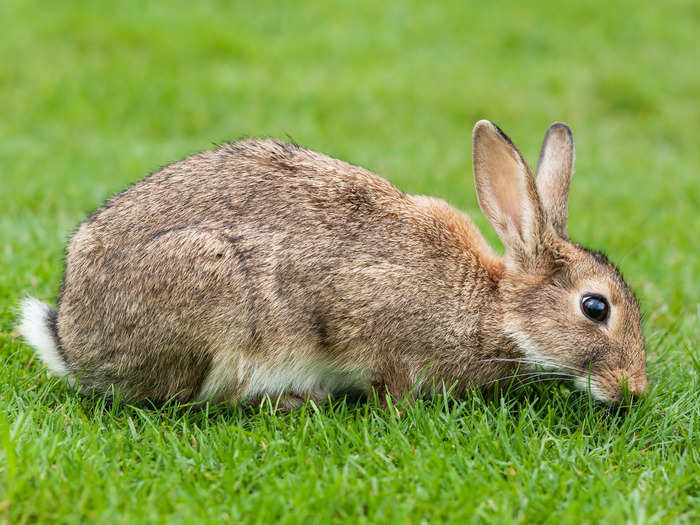
Several of these species were introduced on purpose, making them yet another example of human meddling coming back to bite us — sometimes literally.
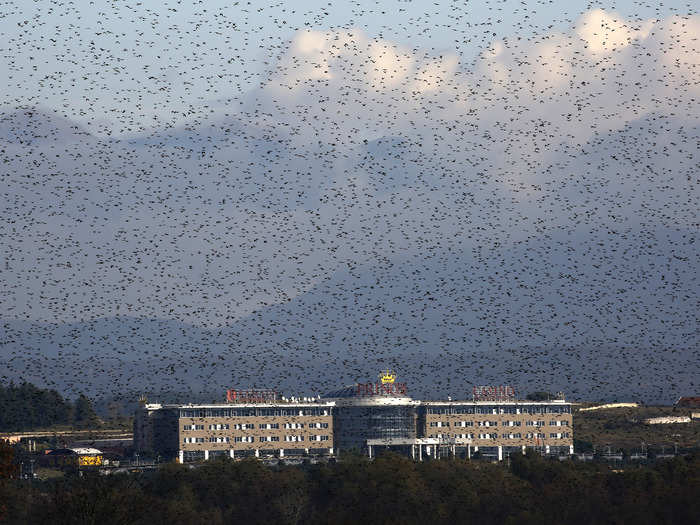
Popular Right Now
Advertisement